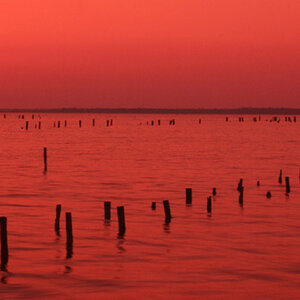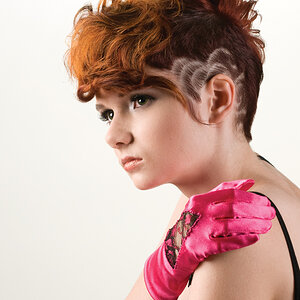Hardrock
TPF Noob!
- Joined
- Apr 8, 2009
- Messages
- 1,173
- Reaction score
- 36
- Location
- Dallas
- Can others edit my Photos
- Photos NOT OK to edit
I have the 100mm 2.8 macro lens from canon, and was wondering if anyone has used the reverse lens mount from Macro Lens Reversing Ring or any other reverse lens mount. Any feedback positive or negative would be great!


![[No title]](/data/xfmg/thumbnail/36/36401-dfb1077e5917eb47c5acf9c208e7be2a.jpg?1619737552)


![[No title]](/data/xfmg/thumbnail/37/37602-1ef8dbb1c2d0e4ff347ee65d328c3603.jpg?1619738147)

![[No title]](/data/xfmg/thumbnail/37/37606-3c9ffb5906173fa2aa489341967e1468.jpg?1619738148)


![[No title]](/data/xfmg/thumbnail/36/36399-041c9ebc3a39e89ec8e39243c0d43528.jpg?1619737551)